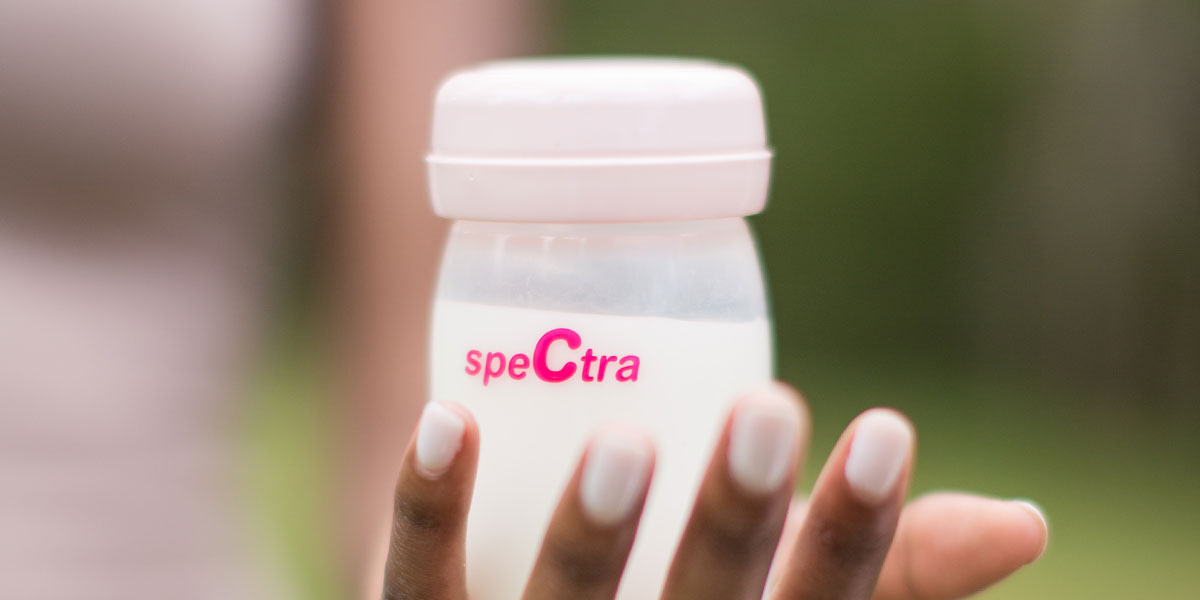Release the Fear and Prepare For Childbirth
photo credit: @Blush Bouquet Photography on INSTAGRAM
By Melissa Portunato MPH, IBCLC, RLC
Fear of childbirth is real y’all! You can easily drive yourself crazy thinking about your dream birth plan and whether it will even happen. And of course, there’s the breastfeeding. Will I even be able to do it? Pregnancy and birth can feel scary at times, but it doesn’t have to. Be prepared and trust your body! You were created for this!
This is my fifth baby so it’s not exactly my first rodeo. But people are usually surprised when I tell them I was scared to give birth again. Yep! TERRIFIED, like legs shaking and teeth jittering, terrified. I’ve had two unmedicated vaginal births prior and I was planning on the same with this baby but just the thought of enduring the pain of natural childbirth again really sent my mind on an intense mental trip. Why was I so scared? I needed to face my fear and trust my body to do what it was created to do…birth new life.
Read on as I share with you my latest journey through childbirth and my top 3 tips that helped me prepare to totally rock labor and delivery.
#1 Stay Active: Mind, Body and Soul
With 4 other kiddos to care for, staying active just comes with cleaning, refereeing, cooking, and shopping. Just thinking about the daily to do list will give you a workout! Before I got pregnant, I was hitting the gym 3-4 times a week – jogging 1 mile on the treadmill, toning with weights and incorporating yoga a few times a week too. I felt so good throughout my pregnancy and continued to walk a mile every day, well into the late third trimester. Yoga stretching daily, even for just 5-10 minutes made a huge difference on how I slept and how I felt getting out of bed in the mornings. Connecting with a local prenatal yoga group would be an excellent way to prepare you for your birth journey but if you can’t make it out, YouTube has a ton of easy to follow videos! Even though I gained a ton of weight (more on that coming soon), I stayed active which helped with the flexibility and stamina needed for labor. Visualizing a healthy baby and a smooth delivery kept my mind in full control and my anxiety at a minimum. I began to listen to hypnobirthing affirmations pretty early on, at the end of my first trimester. In addition, prayer and meditation allowed me to release the fear I was harboring, embrace the unknown, and trust my perfectly designed body once again.
#2 Take a Childbirth and Breastfeeding Class
I’m a lactation consultant and I have 5 kids. You would think I am the guru of everything mommy and baby right? Nope. Even I have doubts and questions. Have an open conversation with your health care provider about your birth plan and find out if your local hospital is a designated Baby Friendly facility to get you the best start at breastfeeding. And remember – it’s never too late to change health care providers. You need to feel confident and trust your birth team! I’ll be honest with you, when my baby girl lost 6% of her birth weight on Day 2 and the nurses told me it was higher than usual, I doubted myself. Ugh! Even though my LC brain new the real truth. I knew 5-10% weight loss was normal. I knew my breast milk was all she needed but it doesn’t take much to plant seeds of doubt. Know the facts and be prepared to recite them to yourself and to others. You can track your baby’s growth and development here. Trust me and save this link, you might need it later.
#3 Know Your Village
I went into labor on my due date. But did you know only about 4% of babies are actually born on their due dates? The weeks prior to delivery were brutal on me. Sleepless nights and the weight I gained was really starting to take a toll on me. The night I went into labor I called my mother-in-law to stay with the kids while my husband and I whisked off into the night to welcome baby number five. My mom was on call and was tasked to help with the kids in the morning. My plan was to labor at home for as long as possible and that’s exactly what I did. Breathing, yoga poses, stretching, hydrating, and even texting with friends kept me progressing through active labor. Baby arrived just a few short hours after I arrived at the hospital. My husband and I were a team. We breathed through each wave together while I squeezed his hand in a death grip. I’m thankful for my village of family, neighbors and friends.
Well to wrap it up, the preparations I had done prior allowed me to have the birth I envisioned. I successfully delivered baby Marcella with no medical interventions. Marcella was born awake, alert and breastfed instantly. Why did I want an intervention free birth? Evidence tells us there is a direct correlation between birth and breastfeeding. Medical interventions can have a negative effect on breastfeeding. Can you still breastfeed even if you have interventions? Absolutely! But you and baby might have a harder time to get the hang of things. Be prepared and rally your support team. Babies are born to breastfeed.
Do you have any doubt, fear or questions about pregnancy, labor or breastfeeding? We all need support, yes even lactation consultants. Schedule your prenatal consult with us today! Let us help you prepare for your journey into motherhood. We’re here for you mamas and we support you!



